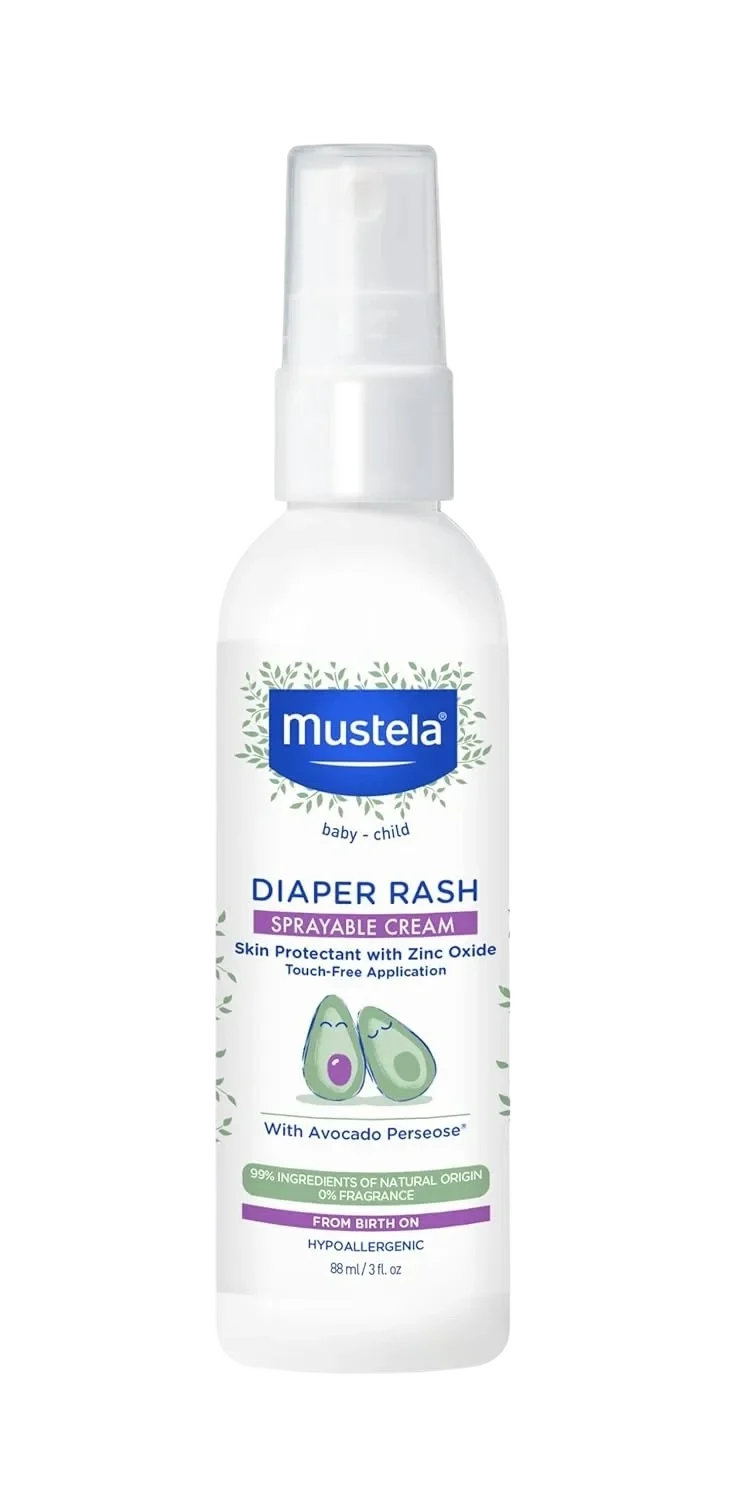Mustela DIAPER RASH SPRAYABLE CREAM
skin protectant & rash ointment • For 0-6 month old infants • Skin contact 🧴
Product Images
Product Photo

Tap to enlarge
Ingredient List

Tap to enlarge
Is this safe for 0-6 month old newborns to use Mustela DIAPER RASH SPRAYABLE CREAM?
Check for Different Age (6 available)
Ingredients Analysis (22 found)






















Common Questions About Mustela DIAPER RASH SPRAYABLE CREAM
Is this newborn-safe? Mustela DIAPER RASH SPRAYABLE CREAM
Use caution with Mustela DIAPER RASH SPRAYABLE CREAM for 0-6 month old babies. Some ingredients may pose concerns.
What ingredients should I watch out for?
We analyzed 22 ingredients in Mustela DIAPER RASH SPRAYABLE CREAM. 7 caution. Check the detailed analysis above for specific concerns.
When can newborns start using skin protectant & rash ointment?
The appropriate age depends on the specific ingredients. This analysis is for 0-6 month old babies. Use the age selector above to check other ages.
⚠️ Important Disclaimers
Product Recognition: Product names are identified programatically and may be incorrect. Always verify product identity yourself.
Safety Analysis: Evaluations are for research only - consult pediatricians for medical decisions. Do not rely solely on this analysis.
No Guarantees: Results may be incomplete or inaccurate. Do not rely solely on this analysis.